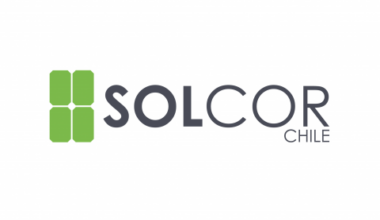In Silicon Valley, the rule of thumb is: ask for forgiveness, not permission. But when it comes to U.S. securities law, that strategy can land you in prison.
Founders from Latin America building their projects in the U.S. often find themselves navigating an ecosystem that celebrates hustle, speed, and bold vision. But it is always important to keep in mind that there’s a fine line between selling a vision and committing fraud. Cross it, and the consequences are real—criminally real.
Let’s talk about Rule 10b-5 of the U.S. Securities Exchange Act of 1934. It’s the law that makes it illegal to make false statements or omit material facts when selling securities (aka: raising money). If you mislead investors—even by leaving out important facts—you’re not just risking a lawsuit. You’re risking jail time.
And no, this isn’t just theory.
When the Pitch Crosses the Line
Charlie Javice, founder of Frank, got convicted after allegedly fabricating millions of fake users to sell her startup to JPMorgan for $175 million. According to court documents, the real user base was around 300,000, not the 4 million she claimed. To make the lie stick, she allegedly paid a data scientist to create a synthetic dataset of fake students.
Javice now faces years in federal prison. All for a deal that could’ve changed her life. Instead, it ended it.
Sound familiar?
Elizabeth Holmes, founder of Theranos, is now serving time too. Her $9 billion (in paper) healthtech startup turned out to be a house of cards built on false promises about blood-testing technology that never worked.
More recently, Christine Hunsicker, CEO of fashion rental startup CaaSTle, claimed her company had $519 million in revenue. The real number? $15.7 million, according to internal audits. That’s a tiny rounding error… if you’re counting in billions. Law enforcement is now investigating.
Founders, Take Note
In fundraising,” if it bends, it’s funny. If it breaks, it’s fraud.”
It’s common—especially in tight markets—for founders to want to “pump up” their numbers. Everyone wants to show traction, momentum, promise. That’s fine. But if you cross the line into making stuff up (or hiding the stuff that doesn’t look great), you’re playing a very dangerous game.
Especially as a Latin American founder raising capital in the U.S., you’re already navigating cultural differences, legal complexity, and investor skepticism. The last thing you need is to give regulators a reason to knock on your door.
The Real Takeaways
- You don’t need to lie to win
Yes, the U.S. market rewards bold storytelling. But there’s a difference between painting a big vision and inventing traction. You can be ambitious and honest at the same time. - Disclosure is your shield
Rule 10b-5 isn’t just a threat—it’s also protection. If you disclose material risks and facts, investors can’t say they were misled later. Silence can be just as damning as a lie. - The SEC doesn’t care that you’re a startup
Private company founders are just as liable as public CEOs. Don’t assume you’re flying under the radar. - A conviction kills more than your company
Reputation, career, freedom—those don’t come back. There’s no reset button for fraud.
Bottom line: Tell the truth. Get the right legal guidance. And remember that the U.S. market plays fast—but not loose.
At PAG Law, we’ve been founders ourselves. We know the pressure to impress investors. But no deal is worth your freedom.



